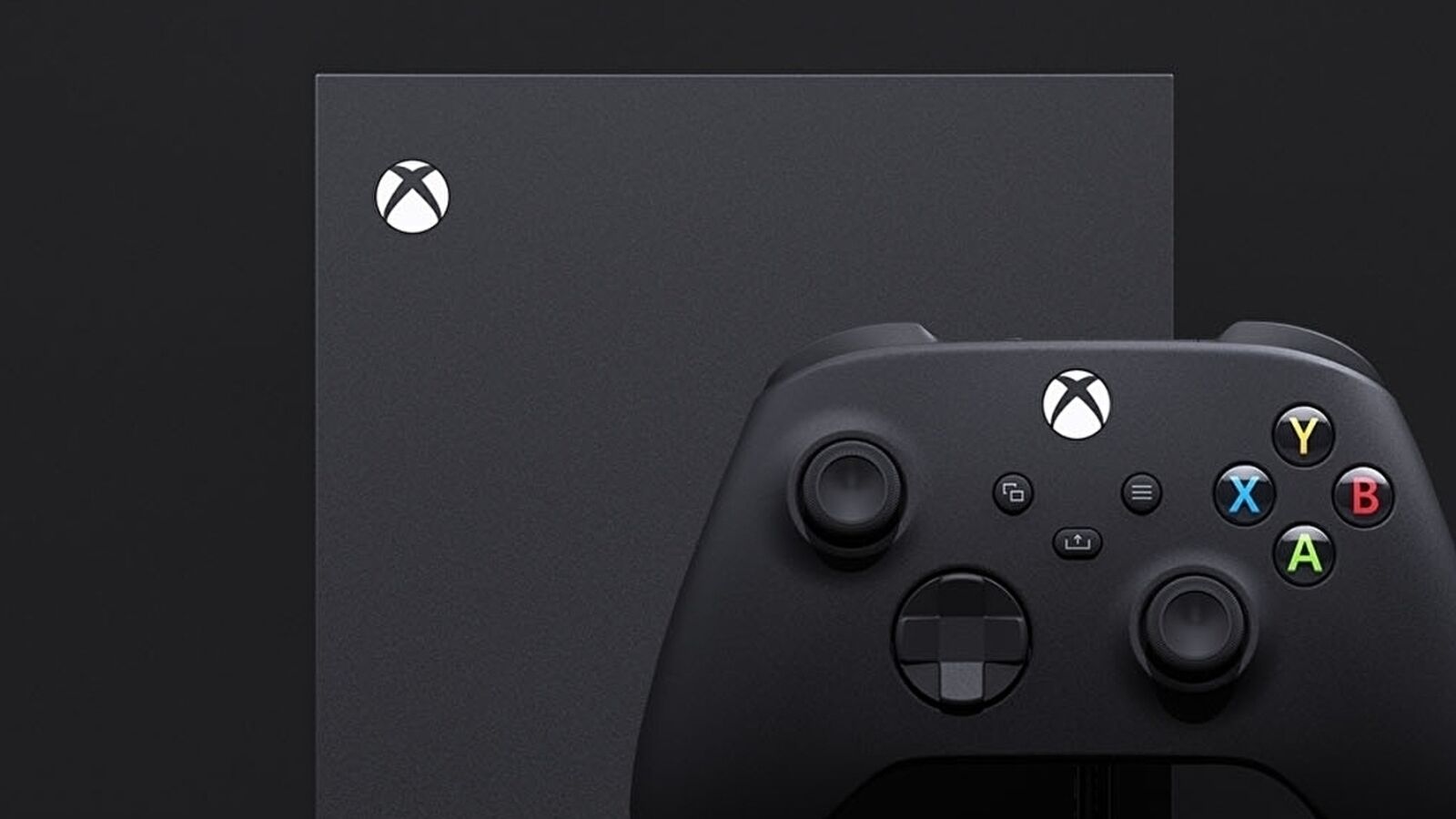
If it feels like a long time since the disastrous reveal of the Xbox One, it’s because it really has been. Some nine years have passed since those tumultuous months leading up to the launch of Microsoft’s troubled console, when the mantra of television, television, television was followed up by some half-hearted concessions to games, and the slow pull into focus of a then novel and unsavoury approach to game ownership that were met with an understandably fiery response.
For most of those nine years it felt like Microsoft was making amends for those short but oh-so-damaging months; the official response to the outcry that met its grim stance on ownership was swift, but the overarching change in direction that seemed necessary at the time was always going to take so much longer.
The assured stewardship of Phil Spencer, the powerhouse that is the Series X, the more diminutive but just as appealing Series S and the success story that is Game Pass combined made it feel like Microsoft turned a corner, but a weekend of spotty service suggests elements of old issues still need to be resolved.
Game Pass always felt like a trojan horse of sorts for the approach to ownership that drew so much fire back then, though the service has been so generous (and Microsoft’s servers so stable) that no-one seemed to mind so much. Microsoft killed game ownership and everyone’s smiling! It’s hard to be angry when faced with such fine value, when picking up big first party titles on the day of release and when absolutely inundated with new things to play – just as it’s easy to lose sight of what might have been lost along the way.
It’s understandable that the Xbox ecosystem – one in which you can sign up for Game Pass for next to nothing and have an incredible library at your fingertips – asks for an internet connection in return so it can’t be gamed, though less understandable is how that extends to games you’ve bought and downloaded, or even those you physically own.
Indeed, the whole situation that’s emerged as Microsoft’s servers started hiccoughing over the weekend has been one of confusion – about what’s affected, about what impact it’s had and about exactly what Microsoft’s DRM policies are (illuminated by the likes of communities like Does it play?, while Jez Corden has done a fine job picking through the many pieces on Windows Central).
Microsoft’s not alone in facing such controversy, with the self-inflicted issues that made PlayStation’s Gran Turismo 7’s campaign unplayable still fresh in the memory, but the confusion surrounding its policies seems entirely its own. It has, to its credit, been quick to address the issue with promise of ‘full mitigation’ in the coming days alongside an update – and hopefully alongside it there’ll be some clarity too. It’s only then that we’ll be able to see clearly exactly how it’s moved on from those difficult days back in 2013 – if, indeed, it has moved on at all.
It’s a reminder that beneath the convenience of modern gaming – and blinded by the abundance of what’s on offer – age-old issues have been obscured, and in some cases forgotten entirely. This weekend’s outage provides an opportunity for Microsoft to clarify its policies and clean up its approach. For the rest of us, it’s a stark reminder that the issue of ownership in a digital age isn’t going away – indeed, it’s as pertinent as it’s ever been.
Be the first to comment